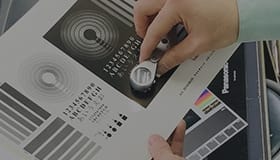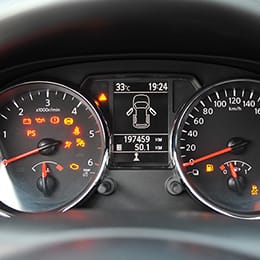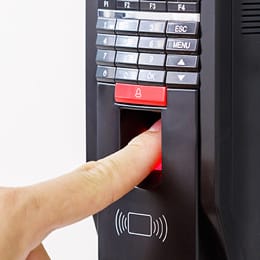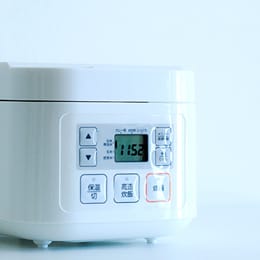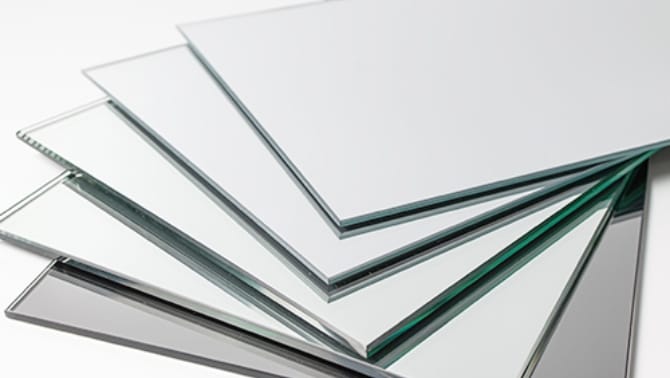What is screen printing?
A general term for technology that reproduces the image by using screen (stencil) as a pattern support material on which the ink pass though the print image created and is transferred to the object.
In simple terms, it is a printing method in which ink is applied to a plate with holes (perforations) and a spatula (called a squeegee) is used to transfer the ink to the object to be printed on the other side. Since the mechanism itself is very simple, there are less restrictions on the material and shape of the object to be printed.
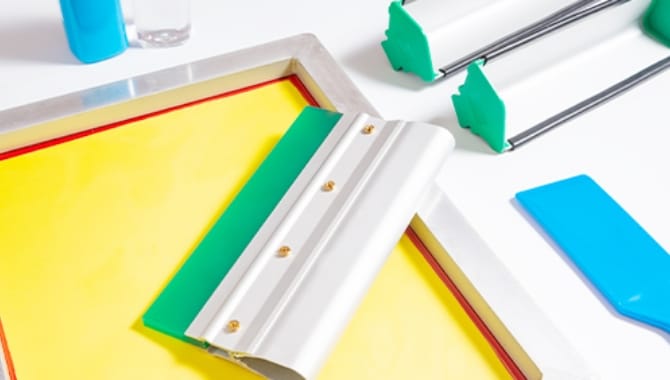
Unrestricted by material and shape, a wide variety of screen inks
Screen inks are characterized by their versatility.
The freedom of being able to print on anything other than water and air, the adaptability to a variety of materials, and the addition of functionality to any scene, all contribute to the added value of printed materials.
Characteristics of screen inks
features
-

A profound feeling and depth of the color
Ink layer thickness can be made thicker (about 3μm~400μm), so it can be used for deep expression and design that emphasize the sense of touch. It also contributes to durability of the substrate.
-

The variety of materials that can be used.
We have lineup of inks for a variety of materials, including plastic, glass, metal, and paper, etc..
-

Applicable to a variety of printing surface shapes.
High degree of freedom in the shape of the printed surface such as flat, curved, and cylinder.
-

Capable of adding functionality to printed ink layer.
Functionality of screen ink is not limited to just coloring. For example, it can adjust the transmittance of any wavelength of light by adjusting the color matching in order to accommodate light sensor. It can also contribute to adding value to the final product by adding antibacterial and antiviral properties to the material and improving weather resistance by printing a surface protective clear.
-

Wide range of colors are available
In addition to the many colors available as standard colors, the colors can be customized (color matching). We also sell our own color guides as color samples, and you can specify a color and order it. In addition, each product information page has a list of standard colors.
How screen inks are made
process
Screen inks are interesting ink that can be used for almost any materials except for gases. For example, we can use “silica”, which is found in soft-serve ice cream, “titanium dioxide”, which is found in toothpaste, and “silicon oil”, which is a defoaming agent used in fish cake.
Screen inks for
fields
Products printed with screen ink are found everywhere in everyday life, including LCD TV and smartphone displays, automobile meters, beverage samples from vending machines, game machine controllers, remote controls, scratch-off lottery tickets, and Braille, not to mention home appliance nameplates.

